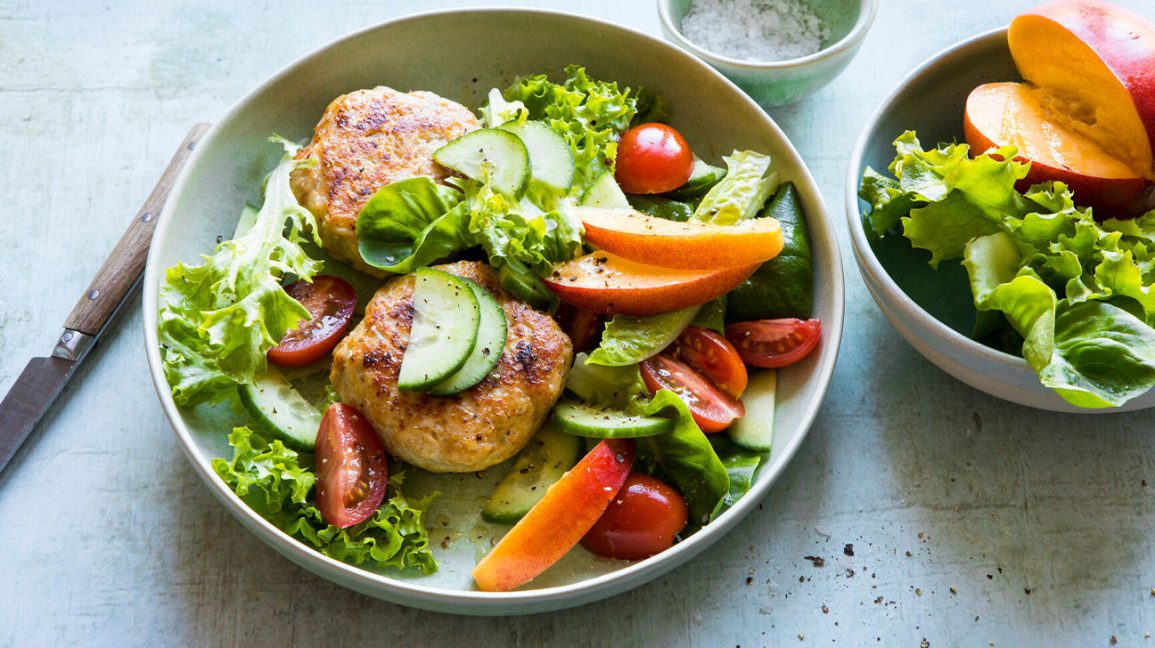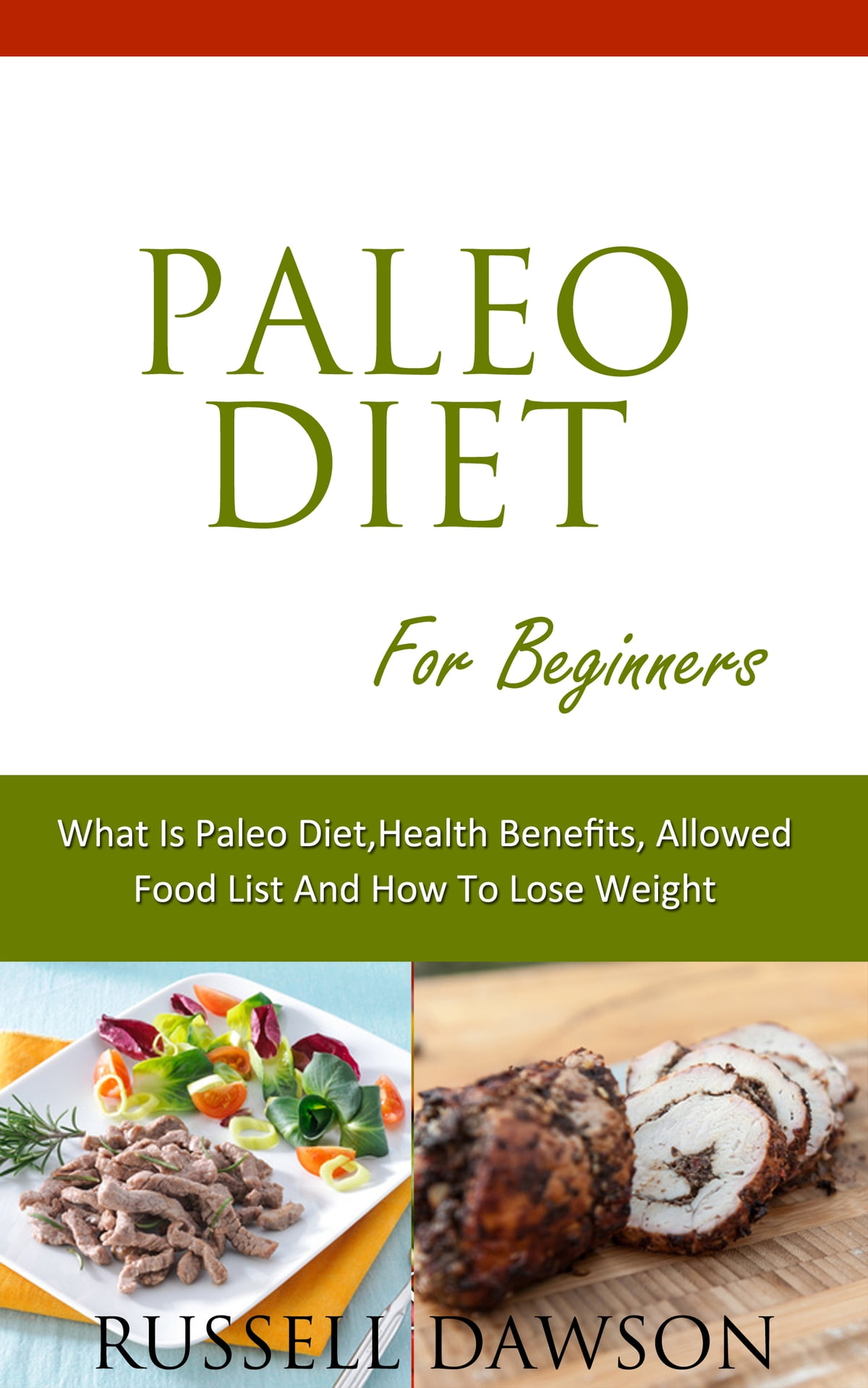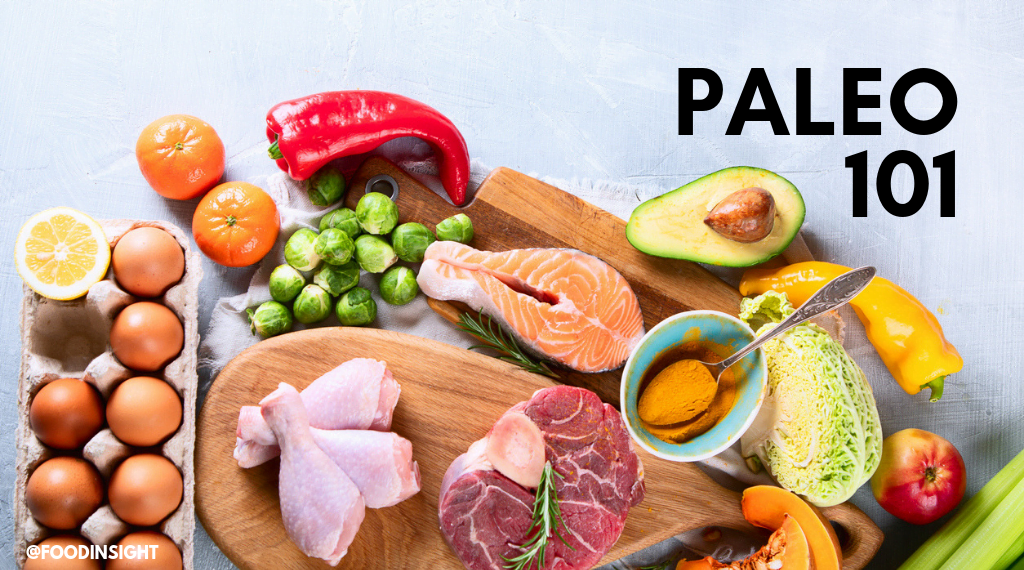
A new study on paleo diets suggests that a lack of grains could be partially responsible for the reduced risk of developing heart disease. Participants ate mostly non-starchy vegetables and averaged 28 grams of fiber per day. The average daily carbohydrate intake for the participants was ninety grams. Researchers concluded that they were at risk because they didn't have access the carbohydrates from grains. Instead, the study suggested eating starchy vegetables and tubers, which would have increased their total carbohydrate intake and resistant-starch levels.
Low-carb Paleo diet
There are still many myths surrounding the low-carb Paleo diet. Many of these myths stem from old nutrition and diet myths that still persist in many doctors' offices. Although the low-carb diet has been proven to be effective in weight loss, it might not work for everyone. Before beginning the Paleo lifestyle, it is important you read all about it.
Most people are at risk for vitamin deficiencies and calcium deficiency if they eat a typical paleo diet. A high intake of saturated fat and proteins can increase your risk for developing cancer, heart disease, and kidney disease. Paleo may offer some benefits to those at high risk for developing cardiovascular disease. The Paleo low-carb diet could be the best for you.

The benefits of a low-carb Paleo diet go beyond just reducing inflammation. Low-carb diets have been shown to lower blood sugar spikes, and improve insulin sensitivity. They can also help prevent inflammation and improve gut well-being. The Low-carb Paleo study will provide more details. Remember, weight loss doesn't require you to be Paleo.
According to Dr. Oz, carbs should comprise 45-65 per cent of your daily caloric intake. This means if you consume 2,000 calories a day, you'll only be getting 900-1,300 calories in total from carbs. That is, you will be eating between 225 - 325 grams per day of carbs, which equals about 225 - 300 calories. A low-carb diet, on the other hand, can have a very low carb content.
A paleo diet can be more flexible than a ketogenic or low-carb diet. Paleo encourages eating more fruit, vegetables, lean proteins, rather than restricting carbs. It is easier to stick to a Paleo diet that is low in carbs if you are familiar with what you are eating. Your body and diet will be easier to manage. You'll feel less stressed about what your eating habits are and be able to lose weight much more quickly.
High-protein Paleo diet
Paleo advocates often wonder what a high protein diet is. It's crucial to know the limits before trying this diet. The upper limit for protein intake should be 30% of total calories. It's important that you remember this is a maximum limit, not an absolute one. High-protein diets still require fat and carbohydrates. A higher intake of protein means that you are more likely to gain weight.

Bioavailability means that proteins from meats and dairy can easily be absorbed by our bodies. However, animal protein is more readily absorbed than plant-based ones. Beef protein, in particular, is better absorbed because it has been predigested. Beef protein comes from hormone-free, antibiotic free cows in Sweden. It is easier to digest and absorb hydrolyzed beef protein.
People find it difficult to adhere to a study diet because of the high cost. Protein is often more costly than fats or carbohydrates. It is often difficult to adhere to a diet due the social factors such as being uncomfortable in public places or not wanting to make a good impression. There are many ways to cut costs on the Paleo diet. If you still feel the need for eating out, there are plenty of ways to control your cravings while staying motivated. There are several ways you can stay on track, without feeling guilty. These issues can be found in the index section of the site.
There are many health benefits to the high-protein, low-carbohydrate paleo diet. Although the diet's lower sugar and carbohydrate levels may lead to an increase in insulin sensitivity and better glycemic control (although these effects are not statistically significant), In studies that evaluated blood pressure, statistically significant changes in diastolic bloodpressure were also observed among paleo diet participants. These studies were performed on nine to 29 subjects over a 10 day to 12 week period.
FAQ
How do I become a chef?
You must complete a degree in culinary arts to be able to apply for a job at the table as a professional chef. You can then join a professional group such as ACF. This organization offers certification exams, as well networking opportunities.
Do I need any special equipment to cook?
It doesn't take any special equipment or tools to learn to cook. However, the right tools can make it easier to cook. A knife can be used instead of a fork when making pasta, or a whisk could be used to whip up stiff egg whites. You can make cooking more enjoyable and easier by having the right tools.
What is the difference between a chef & a cook?
A chef prepares food for other people. A cook prepares food for himself or herself. Both jobs require the preparation of food. However, chefs work directly with their customers. This may mean that they might have to choose what to cook for guests depending on their preferences. Cooks don't interact with customers. He or she makes sure that the food is delicious before serving it.
Statistics
External Links
How To
How to become a chef
Chefs are one of the most fascinating careers. This job requires a lot knowledge and skills. It can be difficult to determine what job is best for you. You can start immediately if you are looking to enter this field. You can work at restaurants, hotels or catering businesses. You could also take up cooking classes. Here are some tips and tricks to help you decide what career path is best for you.
-
Learn how to cook!
Cooking is something everyone should learn at least once in their life. It doesn't matter if your knowledge of food is limited, you can learn how to make it. You can find so many different recipes online and they are very easy to follow. The only thing you need to remember is that you shouldn't rush yourself when learning new things. Enjoy every step and take your time.
-
Get a degree
If you want to become a professional chef, you should consider getting a culinary arts degree. This will allow you to create your own style, taste and gain valuable knowledge. Culinary schools offer classes in pastry making, baking, meat cutting and many other subjects. They often require students to continue classes for several years before they are able to graduate. You should consider carefully before you choose any school if you want to be a chef.
-
Work in a restaurant
Working in a restaurant is probably the easiest way to enter the world of chefs. Many people start out as chefs because they get hands-on experience. Restaurants are always looking for qualified staff, particularly those who have experience in other areas. Look for work in restaurants if your goal is to become a chef.